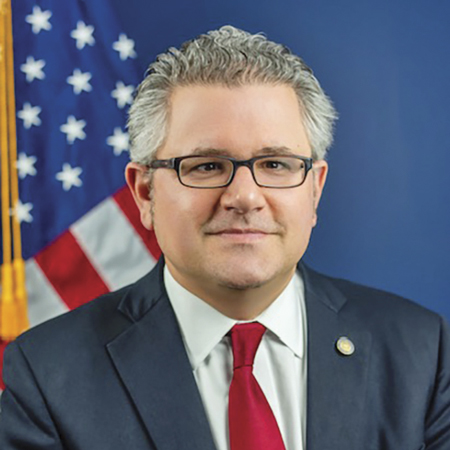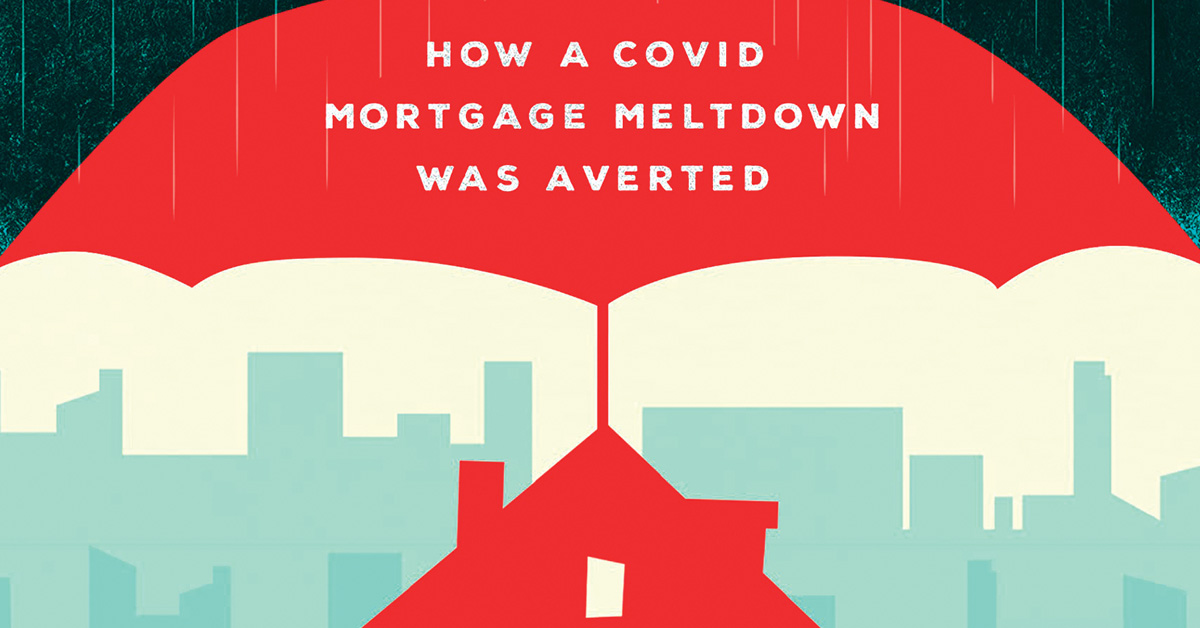Government lockdowns, fear of exposure, and economic uncertainty resulted in the sharpest job market decline in American history, with total nonfarm employment dropping by 22 million jobs from February to April 2020. In comparison, just under 9 million jobs were lost in the Great Recession, and that occurred over two years, from 2008 to 2010, not two months.
With job loss often comes housing distress. We needed a financial bridge to stabilize families’ financial health, at least until the unemployment benefits kicked in.
The solution would be to provide borrowers with forbearance. Not forgiveness. They would be able to “press pause” on their monthly payment. The missed payments would be added to the loan balance, so they would eventually have to be repaid. We hoped that borrowers would be back on their feet within a few months, or that they would have started to receive unemployment insurance, the very purpose of which was to help workers meet their expenses, including for housing.
In March 2020, we were still learning about COVID-19’s transmission. We did know that evictions and foreclosures often rely on personal interactions. For the households that go through a judicial process, a cramped courtroom could easily become a super-spreader event. Evictions and foreclosures entail other interactions as well, such as having a sheriff’s deputy oversee the process onsite or spending hours at a legal aid clinic or homeless shelter. All of these were possible transmission risks. While not as directly critical as the health care inventions, keeping families in their homes would reduce spread while also giving the health care community additional time to develop mitigation tools.
Enormous gamble
As a front-row observer of the 2008 crisis, I am convinced that much of the federal response was poorly structured, especially the Home Affordable Modification Program (HAMP) and the Home Affordable Refinance Program (HARP). A major influence on my decision-making was the intention to not repeat the design flaws of HAMP and HARP.
I wanted to avoid one of the biggest mistakes of the Great Recession: structuring assistance in a way that would discourage work. The Great Recession witnessed the weakest job growth of any post–World War II recession. A major reason for this weak recovery was the design of HAMP and HARP, which created large reductions in mortgage relief for any increase in borrower earnings.
Another problem of the 2008 mortgage crisis was the paper chase associated with HAMP and HARP. For borrowers to be eligible, a substantial amount of paperwork was required. There were countless stories of such papers being lost or rejected. In some instances, forms were being submitted with false information.
One reason for a stringent application process for mortgage assistance during the Great Recession was to determine how much assistance to grant. The Great Recession programs were means-tested, with benefits being reduced as one’s income grew. There is a logic to such a requirement. We should limit, or target, government resources to those most in need. That said, any income information would be stale. With the rapid rate of job loss, the use of last year’s tax return would likely not offer an accurate picture of a borrower’s current need.
We would take borrowers at their word. Servicers would orally inquire whether a borrower requiring assistance had suffered a financial hardship as a direct result of COVID-19, such as a job loss. I recognized this was a big gamble. It could easily have been taken advantage of by borrowers not needing assistance, potentially overwhelming the mortgage market. But we needed a system that was quick and clean.
Stunning success
Ultimately, about 8 million borrowers, roughly 1 in 10 homeowners, entered COVID mortgage forbearance. By 2022, over 90 percent would exit forbearance, getting back on their feet. In fact, more than half would be in forbearance for three months or less. Fifteen percent would take forbearance for only a single month.
About a fifth of those borrowers would continue to make their monthly payments, despite having entered forbearance. Another fifth would repay their missed payments in one lump sum. I must admit I was surprised at how often Fannie and Freddie borrowers would send in a check for three or four months of missed payments. Over a fourth paid off their entire mortgage, usually by taking advantage of the record low rates to refinance.
Mortgage forbearance offered during COVID-19 was a success, especially compared with the efforts of 2008. That outcome was not guaranteed. Almost by coincidence, my obsession with the 2008 response became an asset. There would be an opportunity to do it right this time.
The parameters of the COVID-19 mortgage response, however appropriate for a pandemic, might not be the best response for next time. And there will be a next time. Most likely, it will match the historical trend of a monetary-induced increase in mortgage rates leading to a decline in housing demand, followed by weakness in housing prices, which when mixed with a spike in unemployment leads to mortgage distress.
The precedents set during COVID-19 that are likely to be useful next time include: basing duration of forbearance on a fixed window in time, not on changes in income or employment; allowing borrowers to attest to hardship first, with servicers verifying eligibility later; and requiring that missed payments be paid back but not all at once. Be quick and clean. Directly address the issue at hand. ●
Author
-

Mark Calabria is a senior adviser to the Cato Institute, a Washington, D.C.-based libertarian think tank. He is also the former director of the Federal Housing Finance Agency, which regulates and supervises Fannie Mae, Freddie Mac and the Federal Home Loan Banks. In that role, Calabria led the response to COVID-19, and he laid the groundwork for the removal of Fannie and Freddie from government conservatorship. Previously, Calabria served as chief economist to Vice President Mike Pence.





